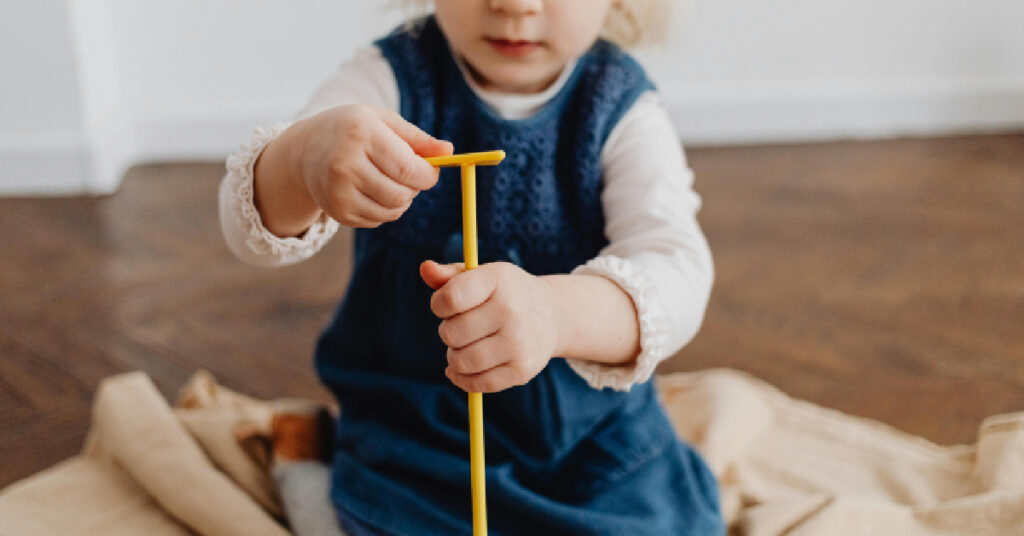
15 Best Toys for Building Independence — That Aren’t Boring or Overhyped
From magnetic tiles to dolls and pretend kitchens, these 15 toddler toys are actually worth the shelf space — and designed to encourage solo play
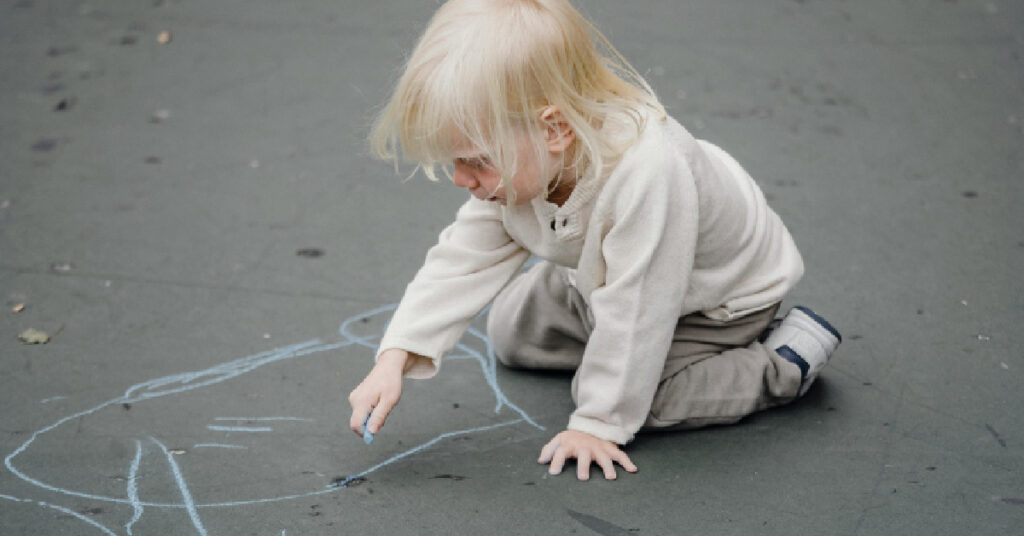
This post contains affiliate links
If you’ve ever tried to sneak into the pantry just to eat a biscuit in peace — only to hear, “Muuuuum, play with me!” before you’ve even unwrapped it — this post is for you.
Solo play isn’t a magical milestone toddlers hit when the stars align. It’s a skill — one that’s built with time, trust, and the right tools.
And let’s be real… the best toys for solo play aren’t necessarily the ones lighting up and singing the alphabet. They’re the ones that let your toddler lead the way — turning pillows into castles, blocks into birthday cakes, and five minutes of silence into pure parenting gold.
In this blog, we’re diving into the top 15 best toys for solo play that toddlers actually use. Not the ones that collect dust. Not the ones that work for two minutes then need you again. These are the toys that spark creativity, build focus, and buy you a few precious sips of hot coffee.
Ready to create more calm (and a lot less chaos)? Let’s go.
Not all toys are created equal — especially when it comes to keeping toddlers engaged without a parent narrating every move.
The best toys for solo play have a few things in common. They don’t just entertain — they empower. They invite your child to lead the play, make decisions, and explore at their own pace (aka while you finish a thought or a full coffee).
Here’s what to look for:
The best solo play toys don’t tell your child what to do — they offer just enough structure to let imaginations run wild. Think magnetic tiles, blocks, dolls, silks. These toys can become anything and everything.
Read More: Open Ended Play Made Easy: How to Raise Creative, Confident Kids
You shouldn’t have to set up a mini obstacle course every time you want your child to play alone. Look for toys your toddler can access and use independently without needing a hand every 30 seconds.
Toys with flashing lights and buttons can overstimulate or demand constant interaction. The best toys for solo play keep little hands busy without hijacking their brain. Quiet, tactile, and screen-free wins here.
Let’s be honest: it’s going to be stepped on, thrown, licked, and possibly launched across the room. Choose toys that can survive the solo play chaos and still work tomorrow.
The best toys evolve as your child’s play skills do. A stacking toy becomes a birthday cake. A dollhouse becomes a veterinary clinic. That’s solo play in action — layered, lasting, and full of self-directed growth.
Read More: How to Start Independent Play and Finally Enjoy 5 Minutes of Peace
Read More: The Power of “Yes Spaces”: Safe Environments That Invite Play
These aren’t the trendy toys you’ll regret buying after two minutes of play. These are the mum-tested, toddler-approved, actually-used gems that buy you time and build their independence.
Best for ages 2–5+
Magnetic tiles are hands-down one of the best toys for solo play — and for good reason. They click together with ease, don’t require a single instruction, and open the door to endless building possibilities. Towers, castles, car garages, doll houses — toddlers invent something new every time.
Plus, they grow with your child. What starts as basic stacking at age two becomes elaborate architectural masterpieces by age five. Quiet, screen-free, and impossible to get bored of? Total win.
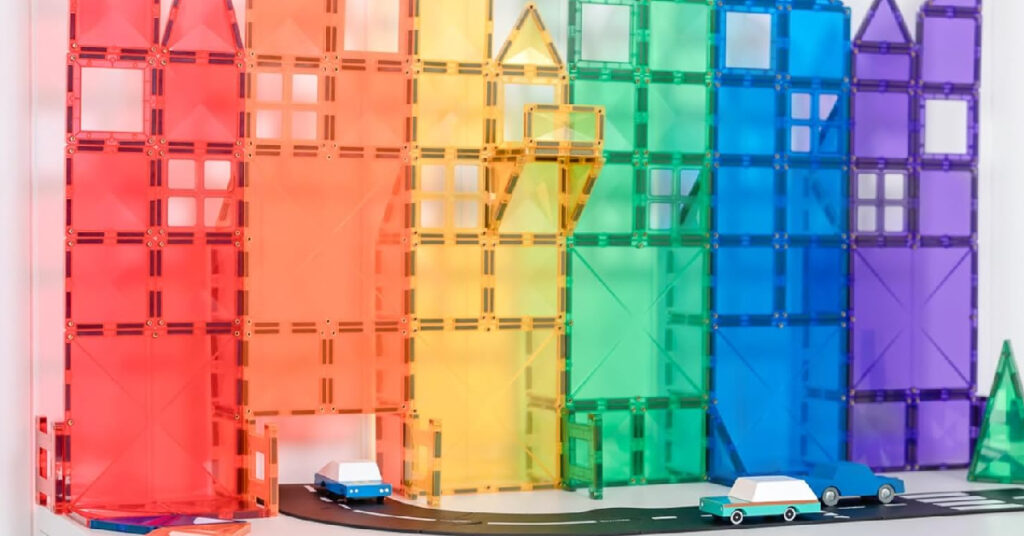
Best for ages 1.5+
Classic. Durable. Open-ended to the max. Wooden blocks might seem simple, but they’re one of the most powerful tools in your solo play toolkit. Toddlers use them to stack, crash, build fences for animals, or create roads for cars.
The best part? They never run out of battery or “talk back.” When it comes to the best toys for solo play, blocks are a timeless staple that foster focus, balance, and independent storytelling.
Best for ages 18 months–4 years
Simple puzzles with large wooden pieces (think animals, shapes, or vehicles) offer just the right amount of challenge. They encourage fine motor skills, persistence, and self-correction — all solo-friendly traits.
Bonus: once they’ve mastered the puzzle, toddlers often turn the pieces into characters for imaginative play. That’s double the solo value in one toy.
Best for ages 1+
This might seem niche, but play silks are toddler gold. Capes, rivers, picnic blankets, doll beds, superhero masks — fabric squares become whatever they need them to be. And that is what makes them one of the most underrated best toys for solo play.
Set a few out and watch your toddler go from costume designer to explorer to puppet show host… all without your help.
Best for ages 2–5
Dolls, animal figurines, or little people open the door to big solo play possibilities. Your toddler might create families, go on adventures, or hold full conversations between a giraffe and a fireman.
This kind of imaginative play is a core toddler boredom benefit — it fosters language, empathy, and storytelling. And since there’s no script, it plays out differently every time. Definitely one of the best toys for solo play if you want quiet drama unfolding in the corner.
Best for ages 2–5
Whether it’s a plastic barn or just a set of chunky animals, farm-themed toys are brilliant for open-ended storytelling. Toddlers tend to group, sort, and assign roles — sheep get lost, pigs have birthdays, and ducks go to the vet.
Because there’s no “right way” to play, these toys grow with your child and stay interesting far longer than you’d expect. Add blocks or silks for extended pretend play.
Best for ages 12 months–3 years
Perfect for younger toddlers just starting to explore independently. Stacking cups, nesting bowls, and ring towers help build hand-eye coordination while encouraging focus and cause-and-effect play.
Even better? Once they’ve mastered stacking, these often become props for kitchen role play, water play, or colour matching. That flexibility is why they remain one of the best toys for solo play, even as your child’s skills evolve.
Best for ages 2–5+
Loose parts = open-ended play heaven. Think pom poms, wooden rings, felt shapes, lids, scoops, fabric scraps — anything safe, tactile, and sort-able.
Give your toddler a tray of random bits and they’ll sort, stack, scoop, serve, or decorate their dolls in ways you never saw coming. It’s sensory play with zero rules — and 100% solo engagement.
Read More: Loose Parts Play Ideas: 25+ Simple Tray Setups That Spark Creativity
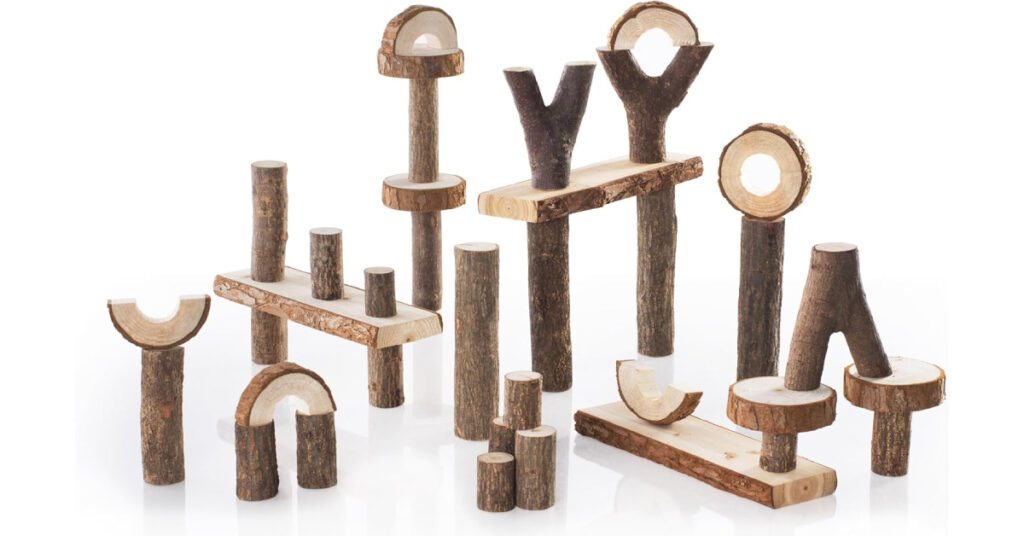
Best for ages 1–4
Busy boards are full of zippers, buckles, doors, switches, and knobs — all the things toddlers love to play with (and you wish they wouldn’t). A good busy board holds their attention by letting them explore fine motor skills, cause and effect, and problem-solving in one compact space.
Because it doesn’t need you to set anything up or reset it constantly, it ranks high on the best toys for solo play list — especially if you need something quiet but engaging.
Best for ages 2–5
Cars, trains, planes, monster trucks — if it’s got wheels, toddlers are here for it. Add a roll of removable road tape or painter’s tape on the floor and suddenly they’ve got an entire city to build and explore.
It’s simple, affordable, and incredibly immersive. Plus, vehicle play tends to naturally evolve into storytelling, making it one of the most engaging toys for solo play you can offer.
Best for ages 12 months–3 years
The OG solo toy. Shape sorters do more than just teach shapes — they teach persistence, patience, and motor coordination. Watching a toddler figure it out on their own is peak developmental gold.
And because each attempt builds confidence, they’ll keep going back to it. One of the best toys for solo play when you want to foster independence early.
Best for ages 2–5
Whether it’s a full-blown play kitchen or just a small basket of pretend food, toddlers love role-playing mealtimes. They’ll cook “soup,” feed their dolls, serve you invisible spaghetti, or host elaborate picnics.
Because it mirrors real life, this type of play is easy for toddlers to initiate and sustain without your help — which makes it a must-have in the solo play toolkit.
Our must have – A play kitchen with all the accessories, this one also gives you ample storage for all the extras you will collect. > Grab yours from Amazon today
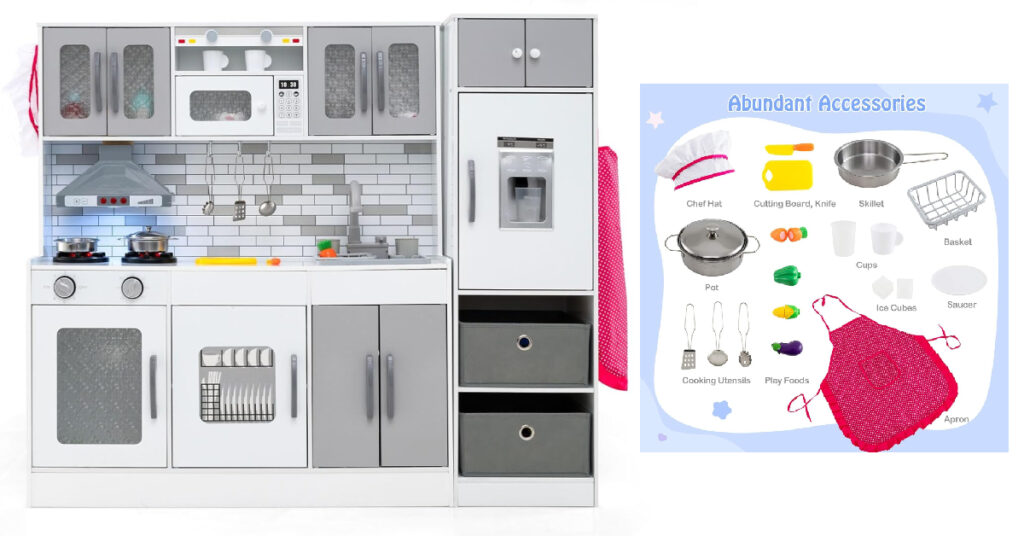
Best for ages 2–5
If your toddler is obsessed with opening every drawer and cupboard, these are for you. Montessori-style lock boxes or latches boards give them the satisfying clicks, twists, and openings they crave — without needing to raid your tool drawer.
They’re calm, focused, and usually result in deep engagement (a.k.a. silence). That hands-on problem-solving is what makes these one of the best toys for solo play, especially for busy little hands and curious minds.
Best for ages 2+
No mess. No setup. No rules. Just a surface for your toddler to draw, scribble, erase, and repeat — all on their own. Drawing boards (like LCD writing tablets or magnetic sketch pads) encourage creativity, independence, and quiet time all in one go.
Perfect for car rides, waiting rooms, or when you just cannot clean another dried-out marker stain.
Best for ages 18 months–4 years
There’s something about dolls that invites nurturing, imagination, and focused solo play. Add a bottle, a blanket, or a little cradle, and suddenly your toddler’s running a full daycare centre on the lounge room floor.
Doll play supports emotional development and empathy, and it naturally transitions into long stretches of quiet, self-led storytelling. It’s why this simple classic still ranks as one of the best toys for solo play.
Here’s the real magic behind the best toys for solo play — they’re not just about buying yourself five quiet minutes (though yes, that’s a beautiful bonus). They’re about building something even bigger: your toddler’s confidence, creativity, and ability to direct their own play.
And that matters. Because solo play isn’t just good for their development — it’s good for your nervous system, your laundry pile, and your ability to sip a hot drink without someone using your leg as a racetrack.
When you offer the right kinds of toys — open-ended, accessible, and imagination-friendly — you’re giving your child permission to explore on their terms. That’s where the learning lives. That’s where independence begins.
So whether it’s magnetic tiles, a basket of animals, or a single baby doll with a blanket — trust the play. Trust them.
And trust yourself, too. You’re not ignoring your child. You’re creating space for them to grow.

Toddler Won’t Play Independently? Here’s What Actually Helped Us
Screen Free Play Ideas That Actually Work: How Open Ended Play Beats Screen Time Every Time
Best Open Ended Toys For Toddlers by Age (1–5 Years)
Toddler Boredom Benefits: What Really Happens When You Stop Entertaining Them
Minimalist Toys Toddlers Actually Use: A Real Mum’s Guide to Open-Ended Play Essentials

From magnetic tiles to dolls and pretend kitchens, these 15 toddler toys are actually worth the shelf space — and designed to encourage solo play
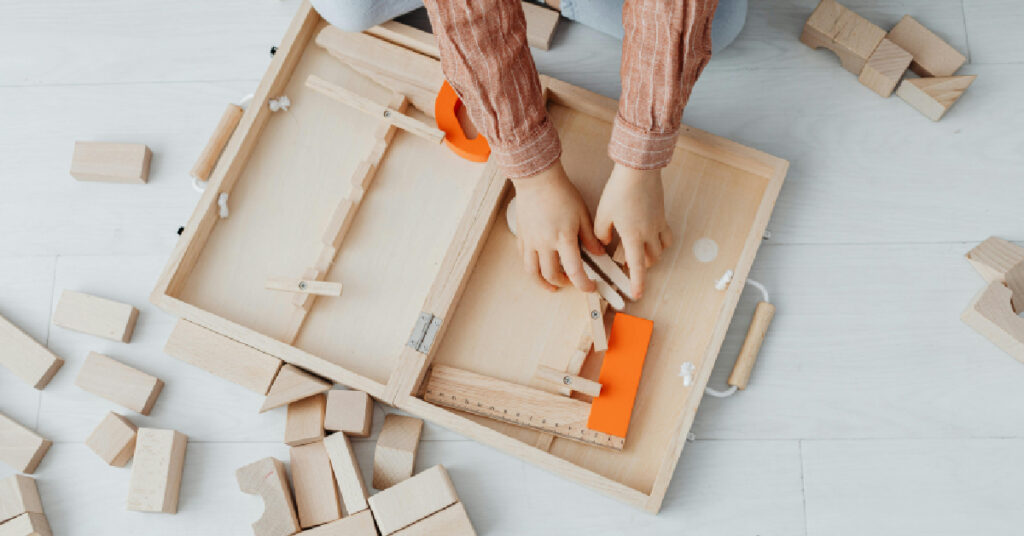
Delve into the world of loose parts play with our selection of toys that inspire exploration and innovation. Perfect for enhancing your toddler’s sensory and
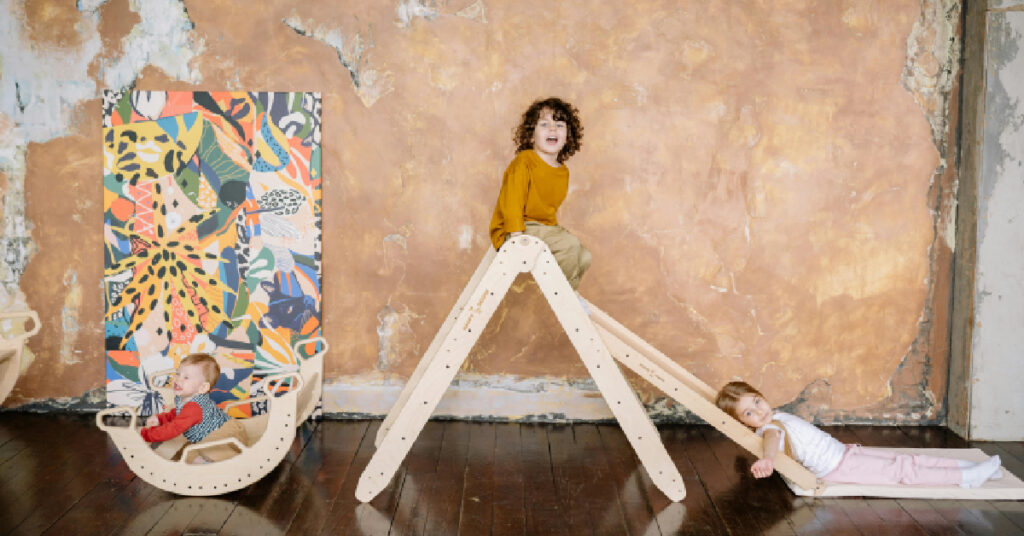
Simple, real-life play space ideas for toddlers that spark imagination, support independence, and give you a moment to breathe — no Pinterest-perfect setup required.
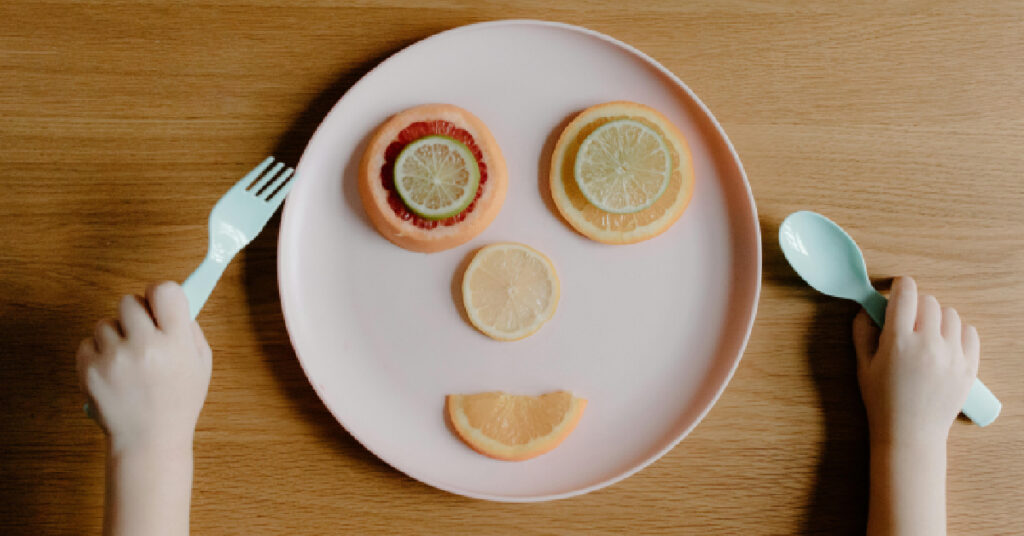
When the milk spills, the toddler tantrums, and your patience snaps before 9AM — you’re not failing. This is one mum’s story of surviving the
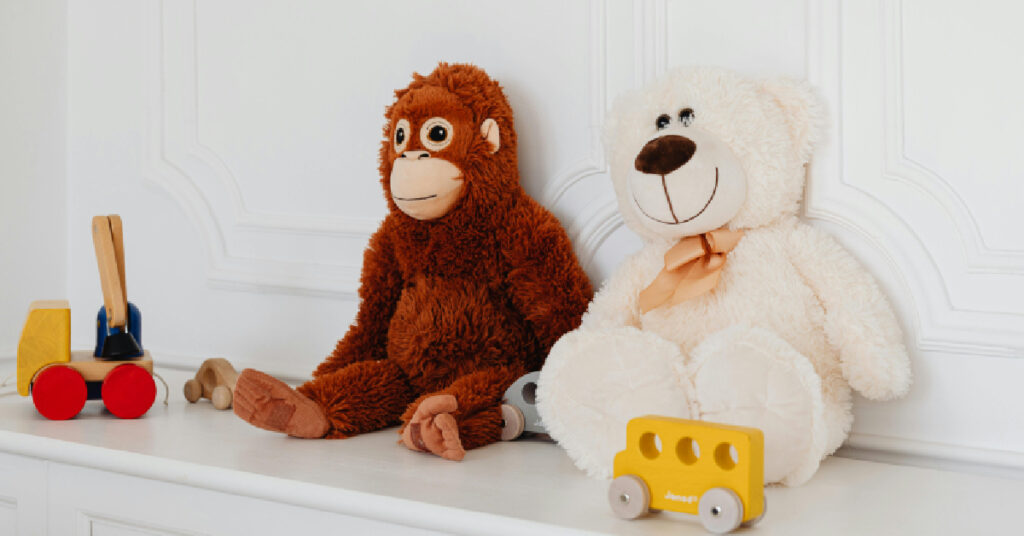
Discover how a simple toddler play schedule can create calmer days, boost independent play, and give you back precious breathing space — no strict routines

One chaotic morning, I realised the tension in the house wasn’t just coming from my toddler — it was coming from me. This is the